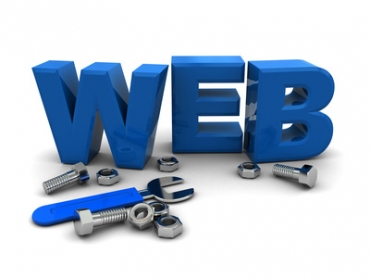When you’re setting out to build your website the first thing you should remember is that web design is very similar to print design in many ways. The basics are all the same. You need to understand space and layout, how to handle fonts and colors, and put it all together in a way that delivers your message effectively. This is where NJ Web Design professionals come into the picture.
Here are few important Things to know while building your website
How to Design the Layout of a Web Page:
Numerous individuals imagine that the format is the outline, and from multiple points of view it is. Design is the way the components are situated on the page. When you comprehend the essential standards of web outline you can begin putting the components on the page. By making an astounding web format, you make the bones of an astonishing outline. Also the connections underneath will help you realize what makes an incredible design extraordinary and how to apply that to your web plans. Additionally, you’ll discover interfaces about responsive web plan (RWD) as the essential center of RWD is to change the format, relying on the width of the gadget seeing the page.
Fonts and Typography:
Fonts are the way your text looks on a Web page. And most Web pages have large amounts of text. When you’re thinking about design, you need to think about how the text looks on a micro-level (the font glyphs, what font family, etc.) as well as the macro-level (positioning blocks of text and adjusting the size and shape of the text). These resources explain how to work with fonts on Web pages.
How to Use Color:
Color is everywhere. It’s how we dress up our world and how we see things. Color has meaning beyond just “red” or “blue” and color is an important design element. These color resources teach how to use color effectively in Web design.
Graphics and Images:
Graphics are the fun part of most Web pages. As the saying goes “a picture is worth 1,000 words” and that’s also true in Web design. Learn how to get the most out of your Web images with the following links: Step by step instructions to Add Images, Taking Great Photos for Web Sites, at the point when to Use JPG or GIF Formats, Make Your Images Small, Step by step instructions to Protect Your Digital Images, Representation Glossary, Step by step instructions to Build an Image Map, Step by step instructions to Choose Graphics Software, More Help with Graphics and Images.
Tackling the Web Navigation:
Navigation is how your customers get around from one page to another on a Web site. The navigation provides movement and gives your customers the chance to find other elements of your site. You need to make sure that the structure of your Web site (the information architecture) makes sense so that your customers aren’t forced to simply use the search.
Accessibility and Usability:
Openness and convenience are regularly seen as a disservice to Web outline, yet a great architect concentrates on making their website valuable for whatever number individuals as could reasonably be expected. The connections beneath take you through the essentials of making an open site without bargaining the outline.
Web Design Software:
Most NJ Web Design professionals want to work in WYSIWYG or “What You See Is What You Get” editors on the grounds that they give a visual interface to the outline. Yet discovering the best Web outline programming is more than simply WYSIWYG or not. Additionally, there are different devices you will need to fabricate Web pages past simply the Web manager.

